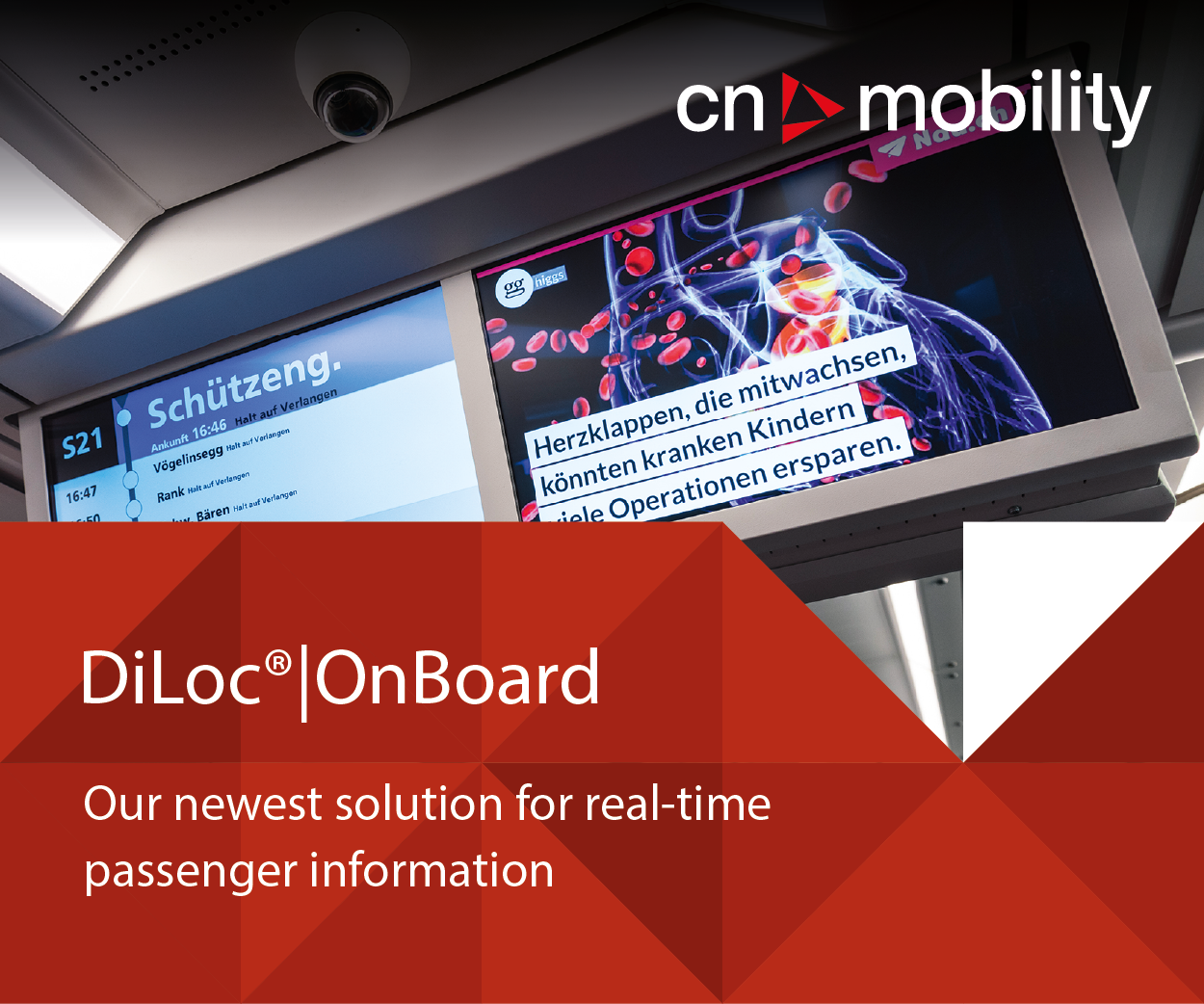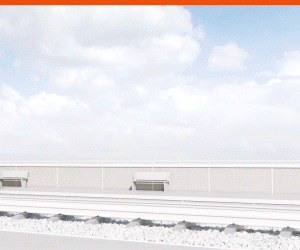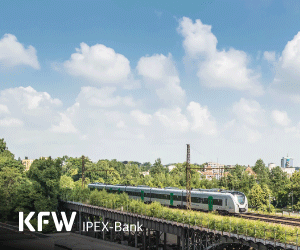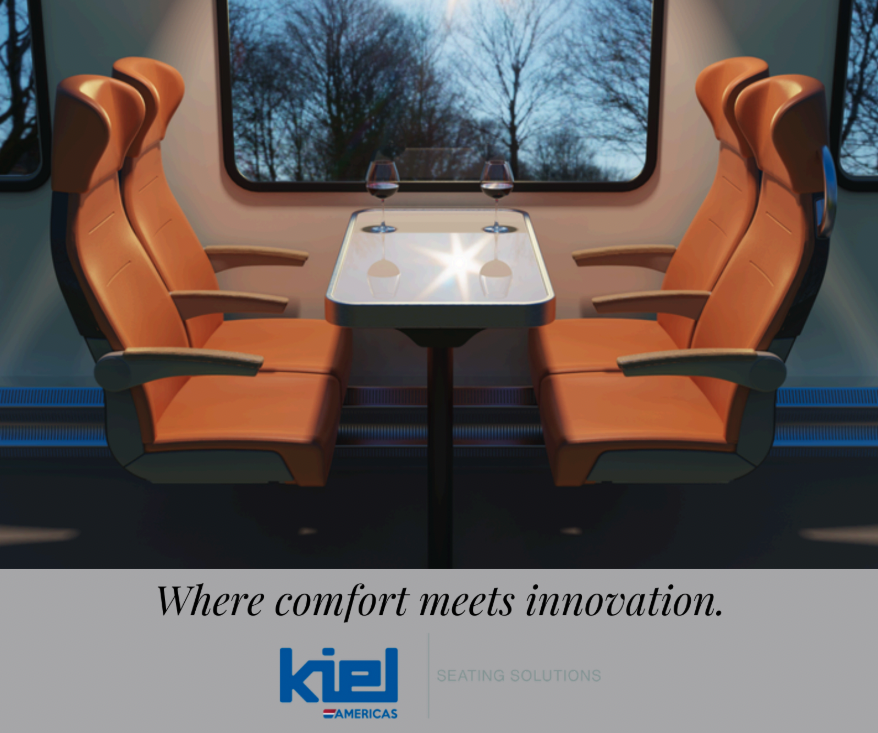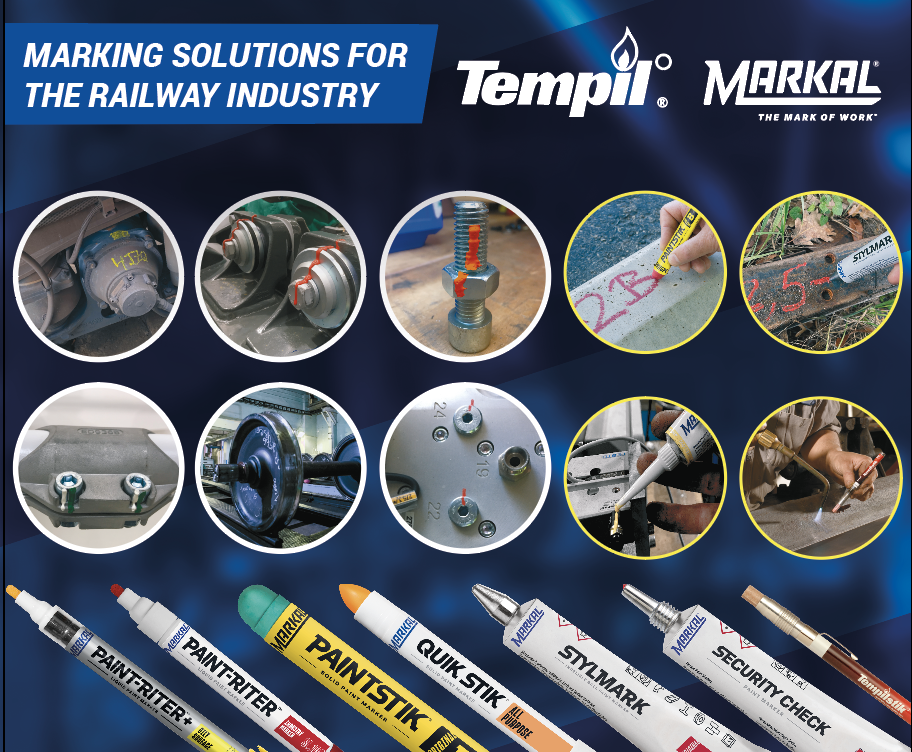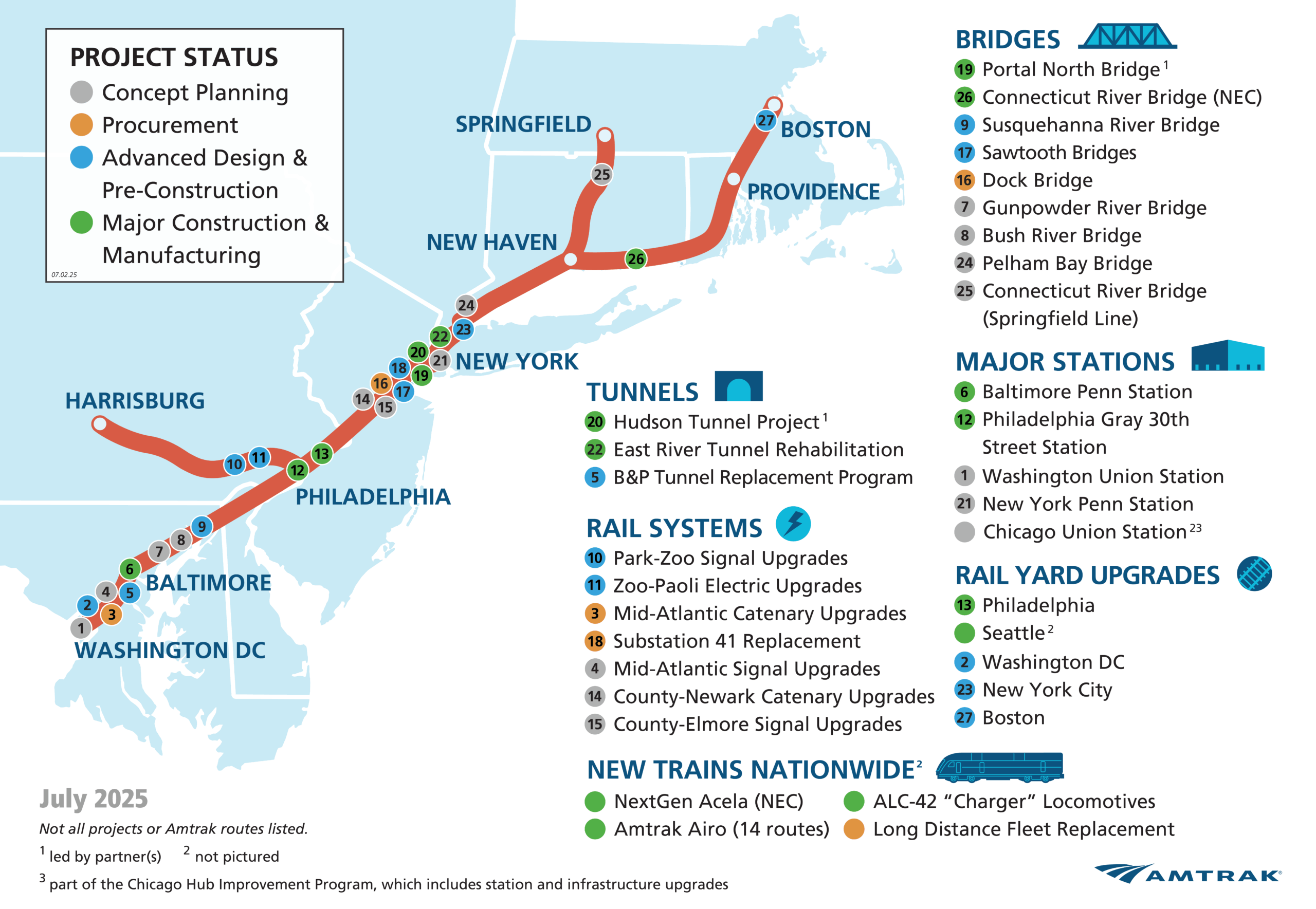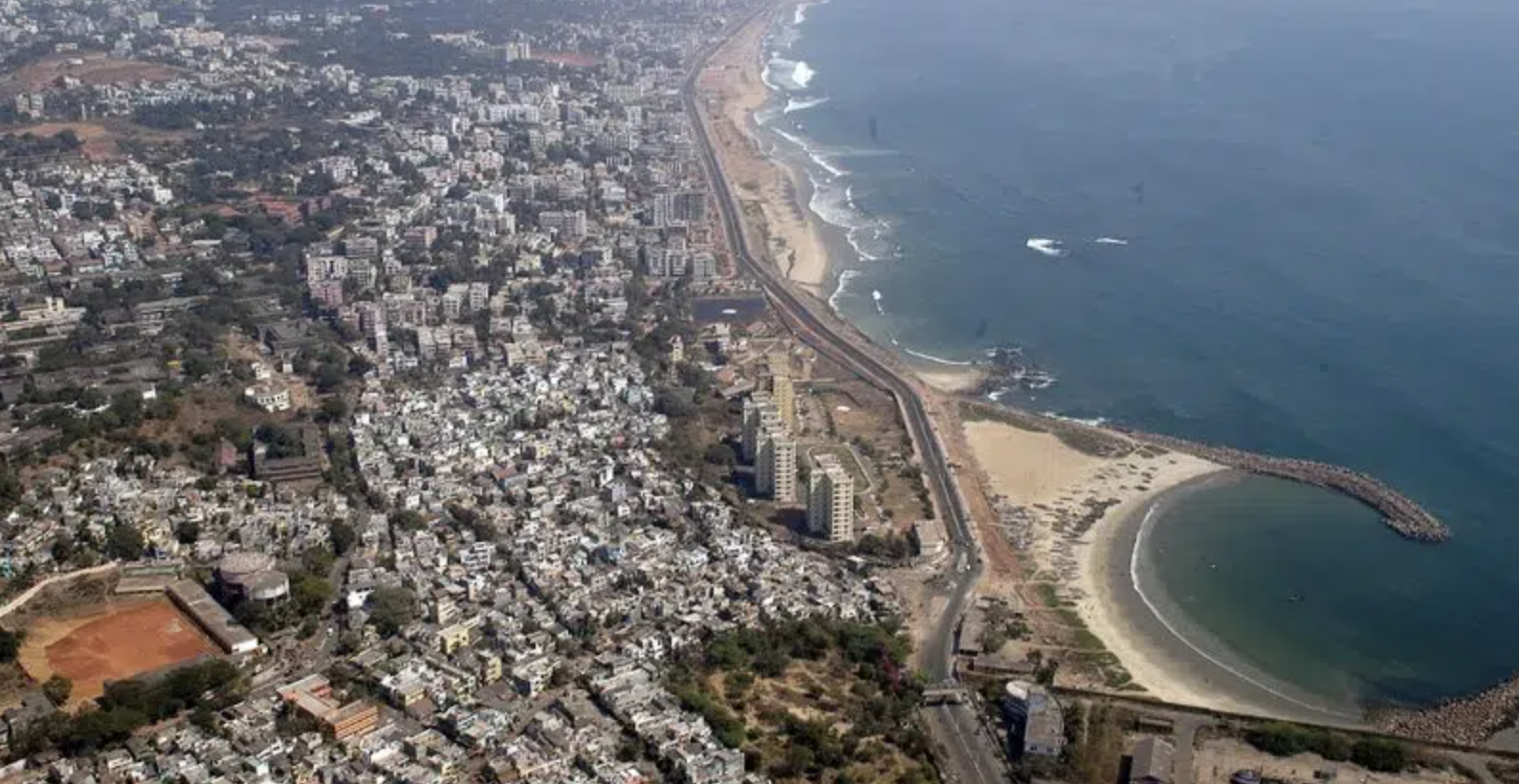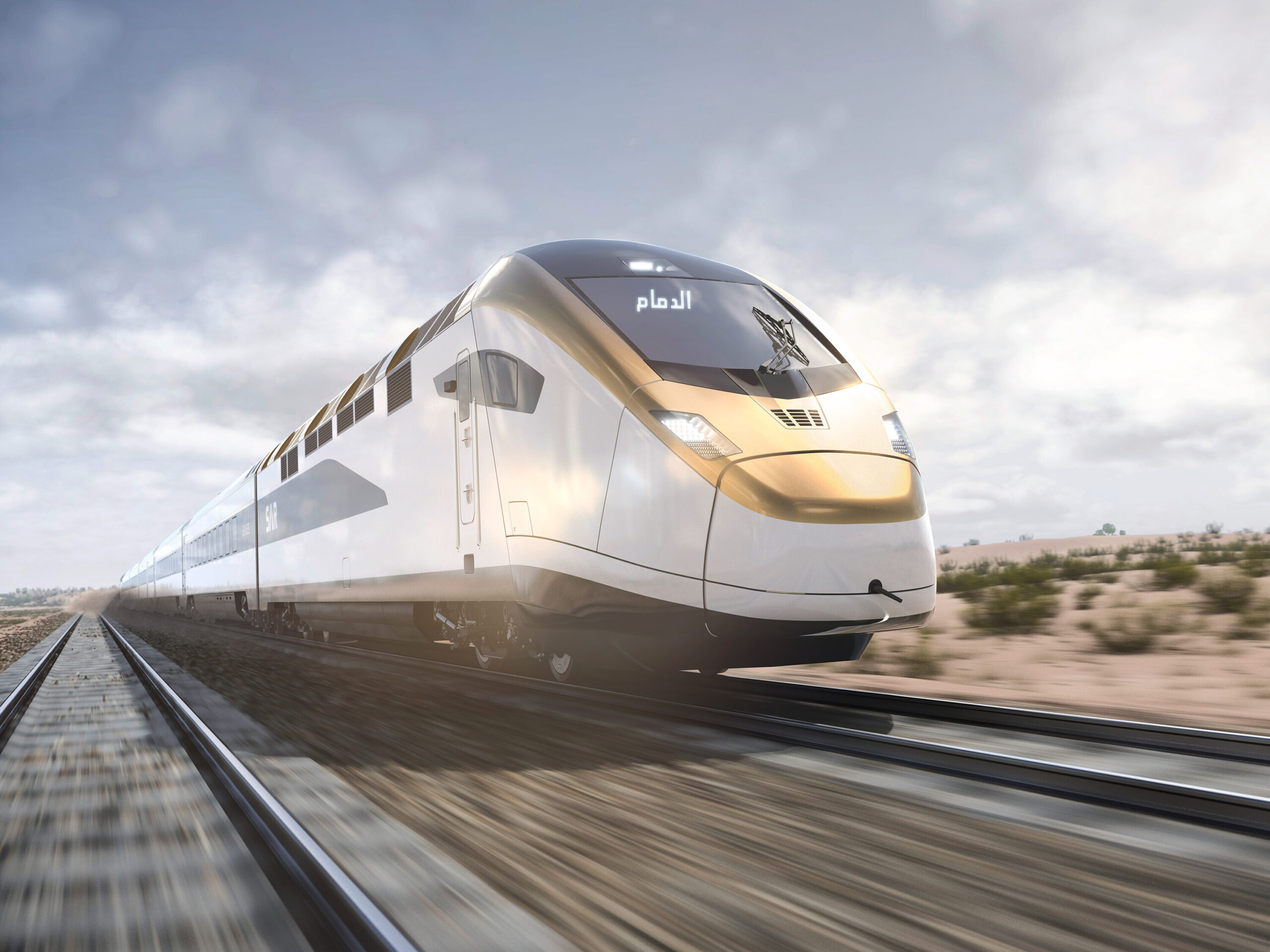At the Train & Rail conference in Stockholm, Matias Sevel Rasmussen, TS/OM Manager M5 and Head of Signalling at Metroselskabet, outlined the latest plans for Copenhagen’s upcoming M5 metro line.
The new line will be built to help tackle the Danish capital’s growing population and evolving urban landscape, aiming to enhance capacity, support sustainable mobility, and ease congestion in the years ahead.
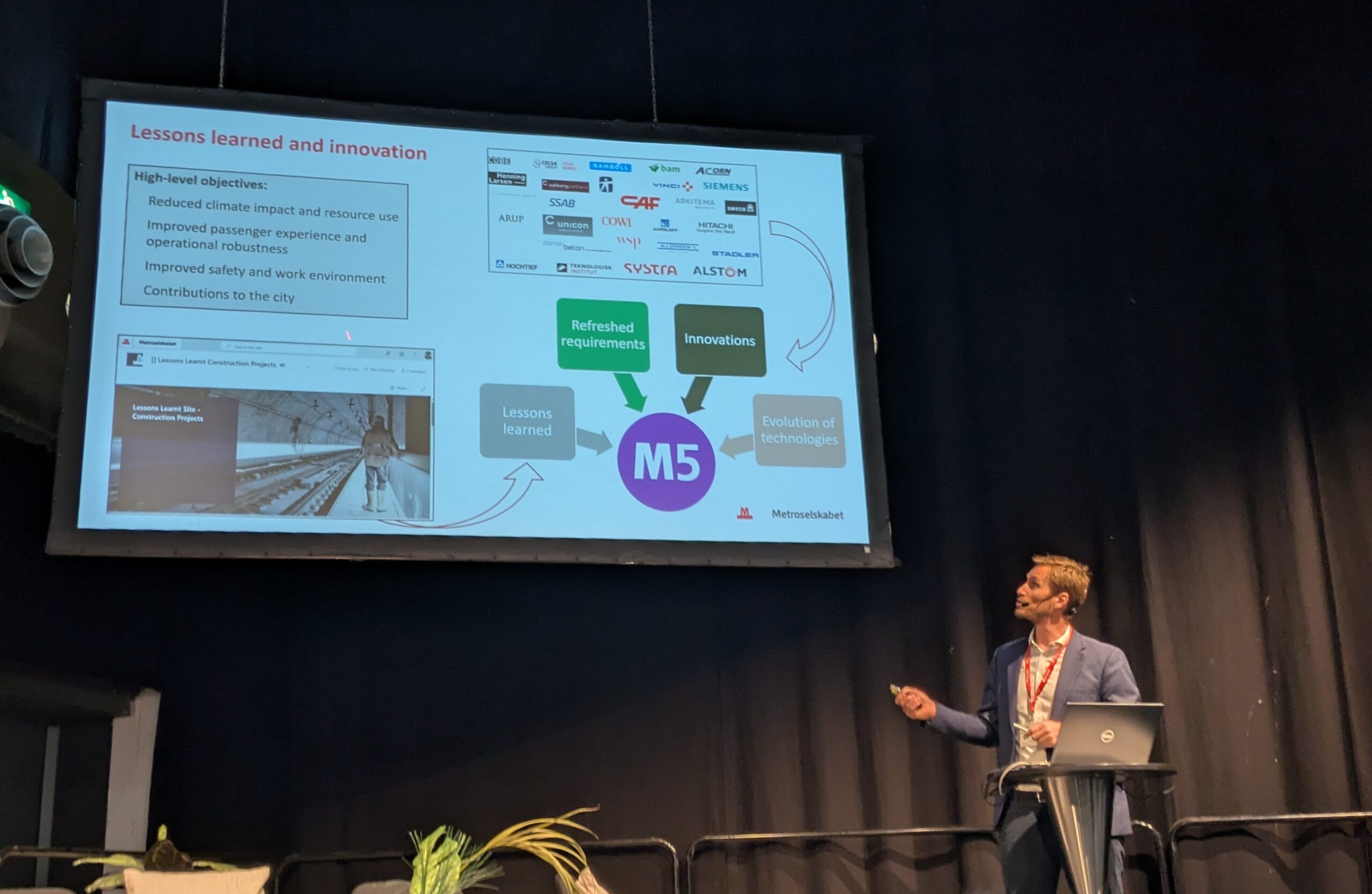
Copenhagen anticipates a population increase of approximately 130,000 residents by 2050. In preparation, the city is investing in a more robust and flexible transport network. The M5 metro line forms a crucial part of this vision, offering improved connectivity across both existing and emerging urban areas.
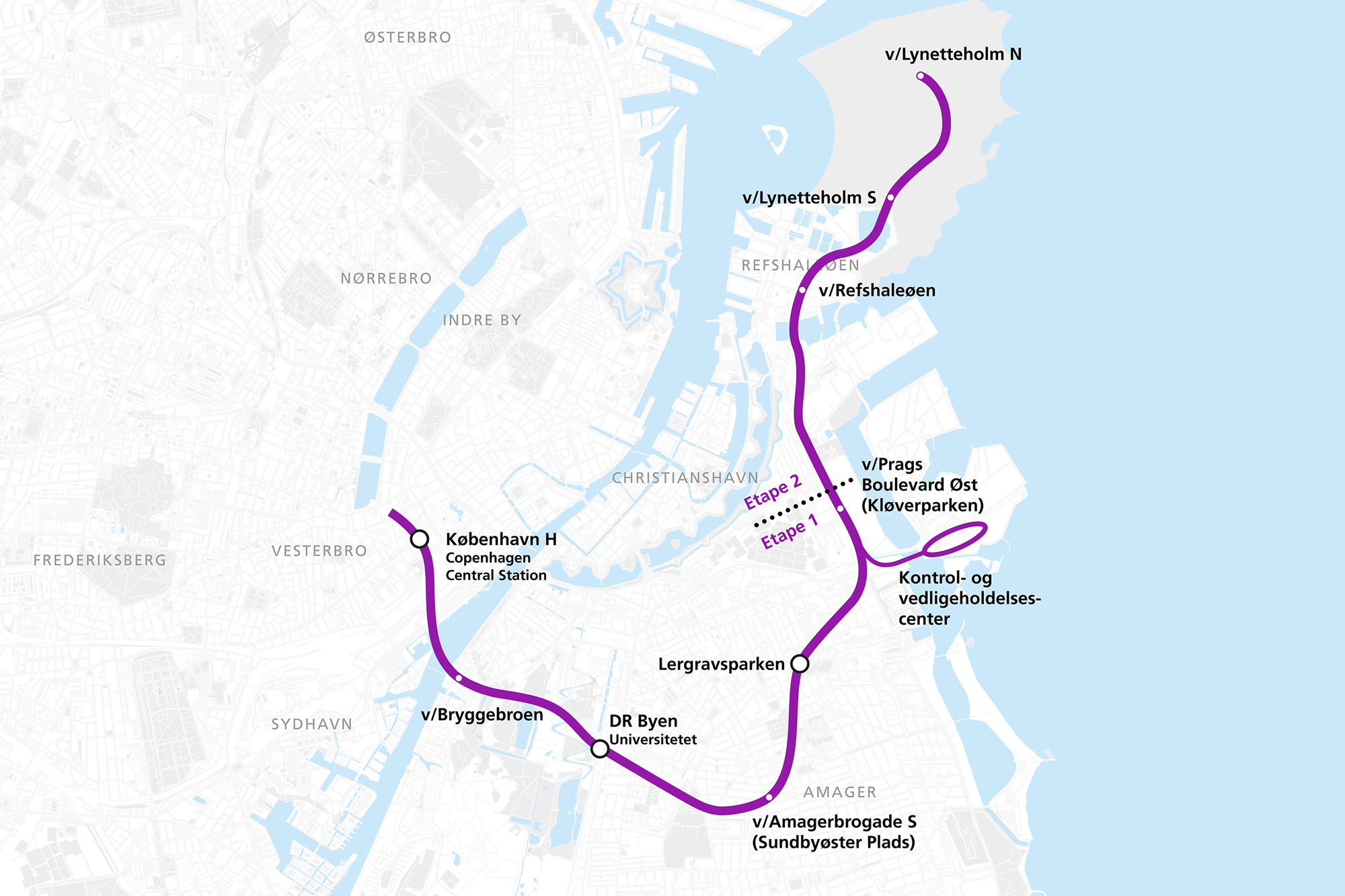
At the end of March 2025, a major milestone was reached when a political agreement was finalised to develop a 16-kilometre section of the proposed M5 line. This approved stretch will run from Copenhagen Central Station to Lynetteholm across Amager, serving nine new stations and introducing 14 new trains. Should the full circular loop be constructed in future phases, the fleet could increase to as many as 50 new trains.
The project will be delivered in two stages. Phase one is scheduled to open in 2036, followed by the second phase in 2045. The M5 will be fully automated and will benefit from operational and technological insights gained from Copenhagen’s previous metro developments.
Indeed, during his presentation, Rasmussen emphasised that operability, maintainability, extendability, and renewability are central to the M5’s design principles. One of the project’s key goals is to ensure that extensions and upgrades cause minimal disruption to passenger services. Flexibility in system architecture will also allow for easy updates and maintenance over the line’s lifecycle.
Matias Sevel Rasmussen, TS/OM Manager M5 and Head of Signalling at Metroselskabet said:We’re trying to take all the lessons learnt, the innovation, and the evolution of technology since we last specified a metro in Copenhagen—and turn that into better and clearer requirements for the M5 line. One of our key focus areas is ensuring that the system is not only operable and maintainable, but also extendable and renewable. Passengers in Copenhagen are quite spoiled; they expect the metro to run constantly, so we can't afford long shutdowns for expansions or upgrades. We want a system where you can take components out, renew them easily, and continue operations smoothly. That’s what we’re aiming for—future-proofing the system from day one.
As part of this project, a dedicated test lab will be established in Copenhagen, enabling more efficient testing, diagnostics, and maintenance procedures. The line will also have a control and maintenance centre independent from other lines—supporting modular growth and easier upgrades.
Additionally, the M5 will incorporate advanced data and sensor technologies to enhance responsiveness and adaptability. Among the planned innovations is the use of real-time passenger tracking through LiDAR sensors. This data will feed into a dynamic operational model that leverages both historical and live information through a digital twin of the metro system. Such a model will enable more efficient responses to crowding, weather changes, or large-scale events such as football matches.
Rasmussen also highlighted the need for smarter passenger information systems that can update dynamically in line with such service changes. This approach aligns well with the fully automated metro system, as timetable adjustments can be made without needing to reconfigure staff schedules.
Crucially, Rasmussen underscored the importance of designing the M5 to accommodate future technologies and system innovations. Rather than locking in today’s solutions, the new metro line will be built with adaptability in mind, ensuring it remains fit for purpose as the city grows and evolves.



